Benchmark "MaaS Standards : Governance & Performance"
Description en une ligne : This benchmark, carried out between September and November 2021 through 17 interviews, documentary research and expert reviews, aims to document and analyze some of the most successful standardization approaches around the world. To do this, we selected, questioned and observed 7 MaaS standardization approaches (standards for data, interfaces, and standards related to MaaS): GTFS, MDS, TOMP-API, CDS-M, OTI, Transmodel/ NeTEx and Calypso. They all bear witness to significant adoption, significant recognition by the ecosystem, and an inspiring approach, serving the mobility sector as a whole.
Description :
Foreword
This Benchmark on MaaS Standards was carried out as part of the phase 1 of the CEE Program on interface standards. Its aims was to feed the roadmap for the rest of the rpoject and better understand, beyond technical aspect, the dynamics of creating a standard, its life circle and its governance choices.
It was directed by Marguerite Grandjean and Ghislain Delabie with the help of Julie Braka, and Julien de Labaca
Summary
This benchmark, established between September and November 2021 through 17 interviews, documentary research and expert reviews, aims to document and analyze the most successful MaaS interface standardization initiativesaround the world. To do so, we selected, interviewed and observed 7 MaaS standardization initiatives (data, interface and MaaS related standards): GTFS, MDS, TOMP-API, CDS-M, OTI, Transmodel/ NeTEx and Calypso. They all show significant adoption, important recognition by the ecosystem, and an inspiring approach, benefiting the mobility sector as a whole.
This study intentionally focuses on the organizational aspect of standardization – the organizational and human infrastructure that underpins a standardization approach – as opposed to the technical/functional aspect, which is already well documented. Furthermore, we are not only interested in the outcome (the standard), but in the unfoldment of the standardization approach over time. Indeed, a standard is not fixed, but emerges and continues to evolve through a process where a community of stakeholders and interests are embodied. An “identity card” of each approach describes its organizational infrastructure synthetically.
According to our observations, 4 dimensions can describe a standardization process:
The “method” dimension is made up of two types of standardization approaches, which are far from being compartmentalized. On the one hand, the so-called “universalist” approaches create a standard based on a need identified by an official body (EU or federation) in order to anticipate or harmonize a use. Standardization occurs through a large community which is as representative as possible, and convergence is generally achieved by majority. Adoption is on a de jure basis (regulatory constraint, e.g. NeTEx) or by sectoral agreement (e.g. FNMS parking standard). These approaches are attractive to structure a sector, but sometimes too slow and rigid to answer an emerging need.
On the other hand, in the so-called “community-based” approaches, a small group of private and/or public stakeholders produce a standard themselves (following the doocracy principle) based on needs observed within an initially limited and gradually expanding scope. To agree on a standard, natural consensus is sought within a small, relatively homogeneous community, whose approach is often open to attract contributors. Adoption is organic, based on actual needs. These approaches demonstrate agility and flexibility faced with an emerging need, but may lack recognition and legitimacy.
The dimension we have called “organizational” has different components. A standardization project can use it to self-assess its level of progress regarding the level of awareness and control of each component.
Finally, the “temporal” dimension shows how a standardization approach changes over time, through 3 life phases: emergence, growth and maturity.
We also analyze what is commonly referred to as the “success” of a standard, which leads to the emergence of 5 success criteria for a standardization process:
Based on observations of the different trajectories for the initiatives studied to achieve this type of success, we identify 7 key success factors and the form they take in practice:
Our observations suggest that open standardization is an effective method of fully mobilizing the key success factors identified. Importantly, it is a way of bridging the digital and transport domains and cultures, which tend to be quite siloed otherwise. It is a feature of MaaS that is often underestimated. We map how the characteristics of an open standard reinforce the success factors identified:
Following these observations and analyzes, we propose 4 opportunities to be seized by the ecosystem, to jointly develop MaaS interfaces and standardized mobility accounts:
Interview with experts
→ Victoire Champenois
→ Ferdinand Burgersdijk
→ Peter Theyskens
Interview with initiatives
→ Edwin van den Belt (TOMP-API)
→ Tjalle Groen ( TOMP- API)
→ Hayden Sutherland & Gregor Johnson (OTI)
→ Vittorio Carta (OSDM)
→ Entretien avec Angela Giacchetti & Jascha Franklin-Hodge from Open Mobility Foundation
→ Entretien avec Christophe Arnaud & Nicolas Tremblay, founding members of MDS
→ Entretien avec Christian Senly for MaaS Alliance
→ Entretien avec Tu-Tho Thai from MobilityData
Tags : MaaS, GTFS, mobilitydata, MDS, cds-m, OTI, NeTEx, TOMP, OSDM, calypso
Communauté d’intérêt : Standards Ouverts pour des MaaS d'intérêt général
Autres informations :
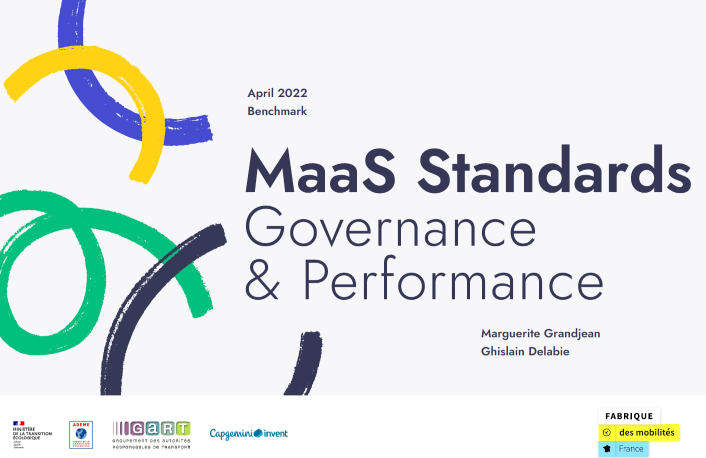
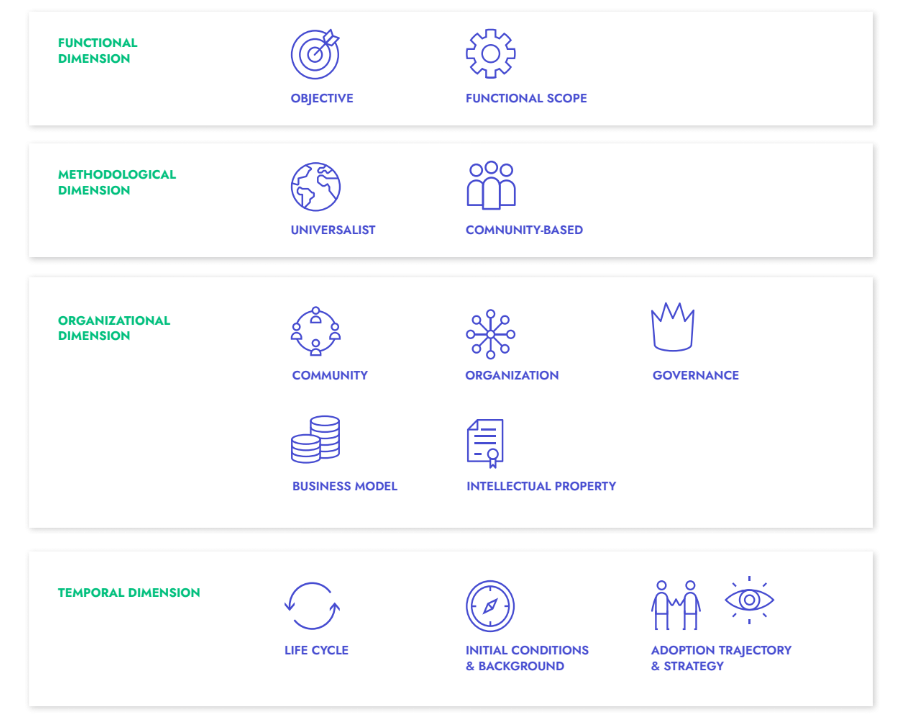
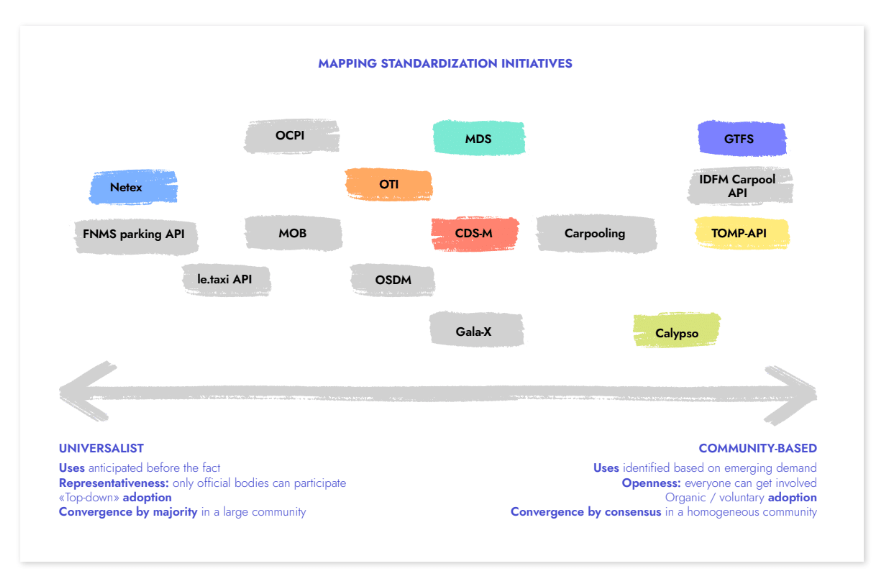
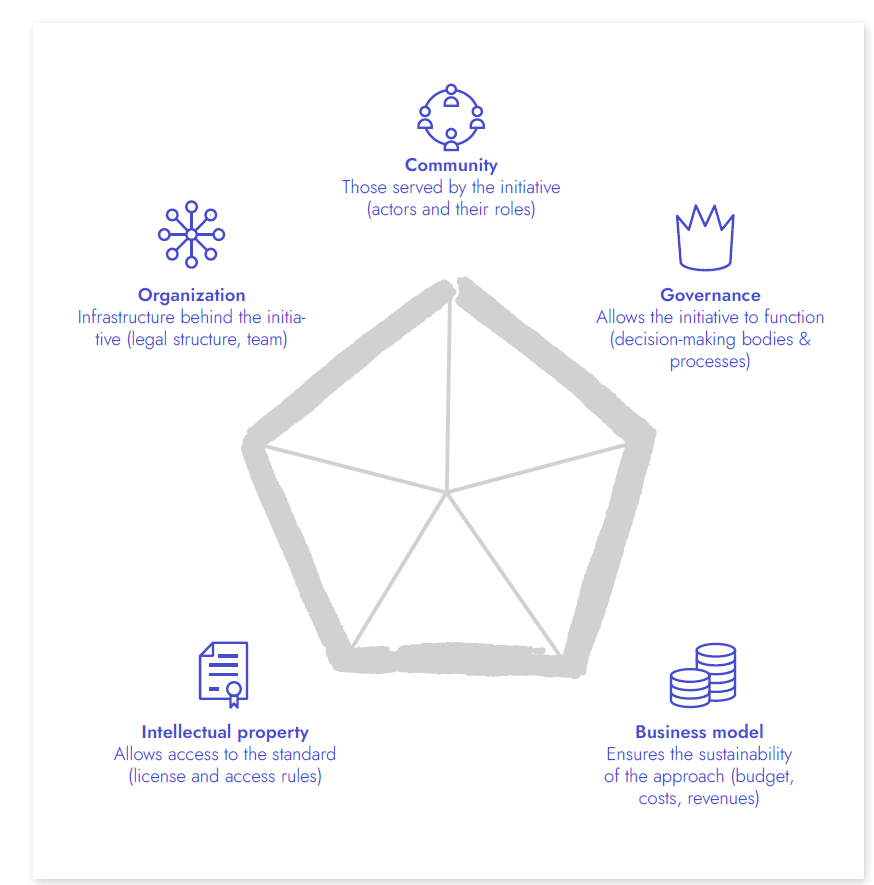
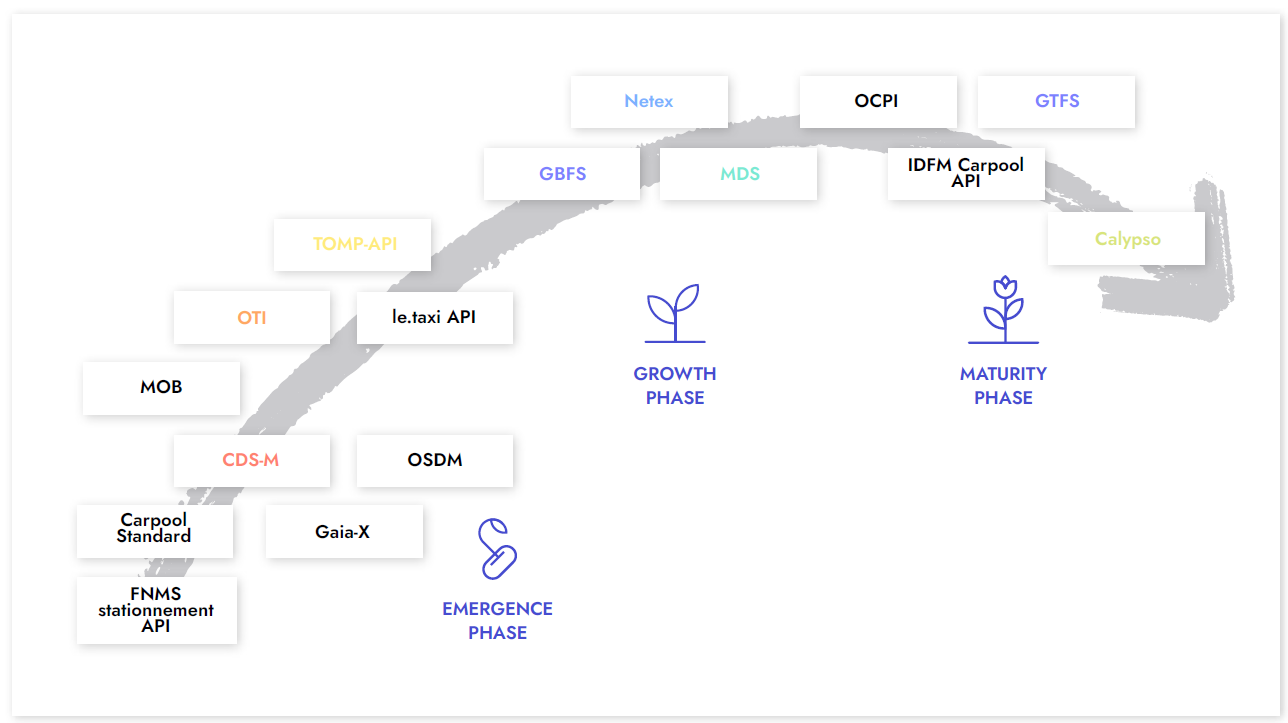
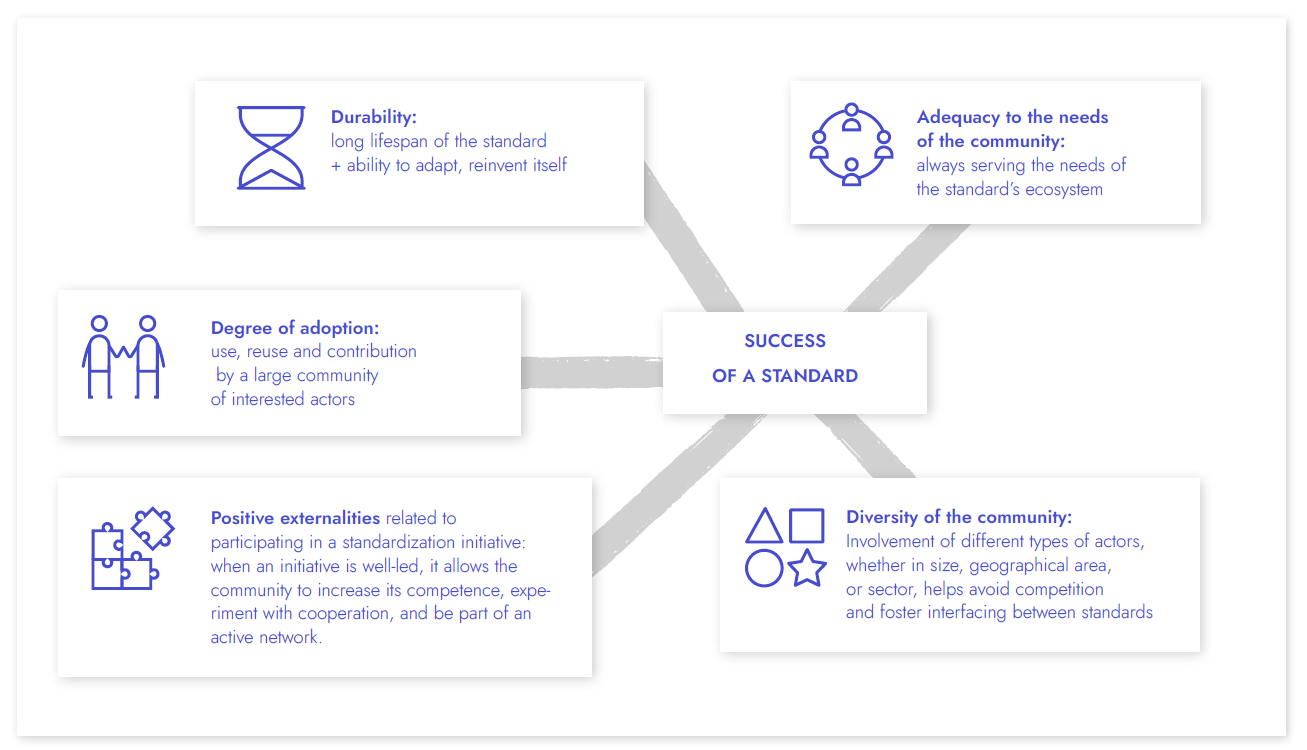
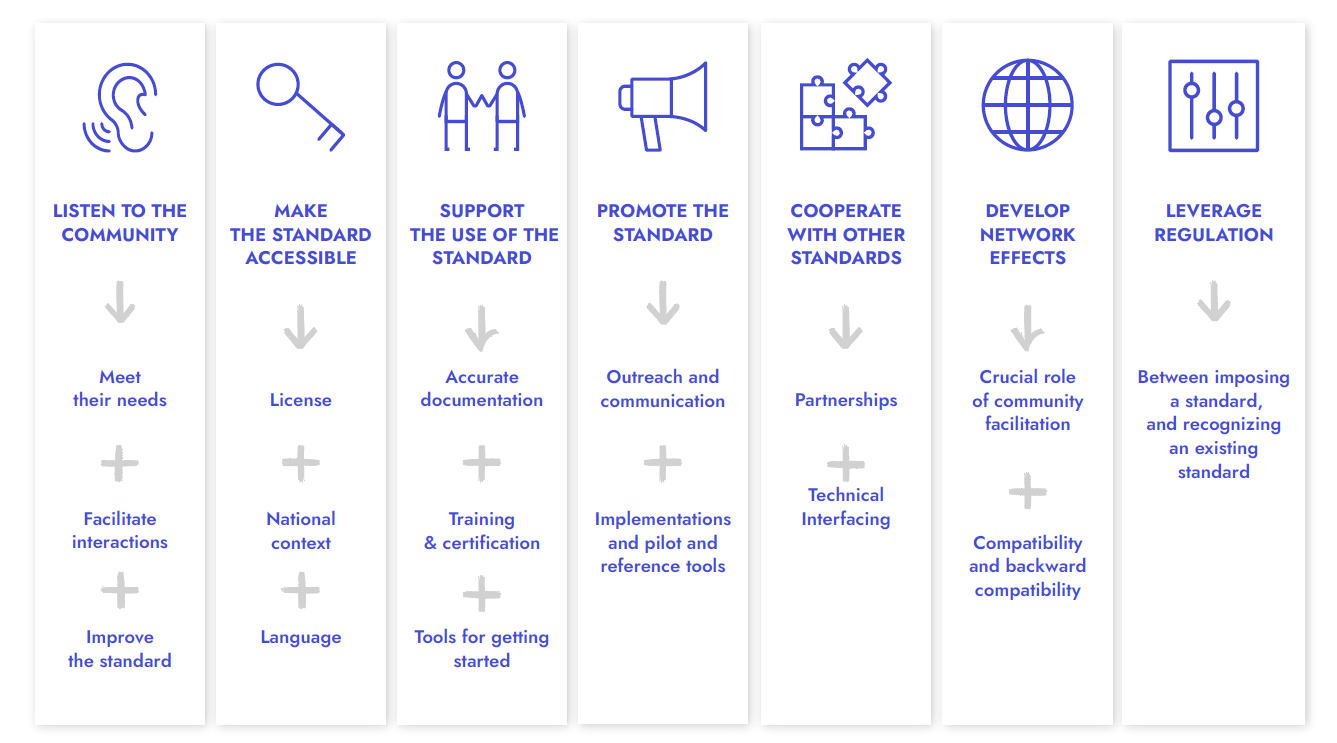
 Français
Français English
English Italiano
Italiano